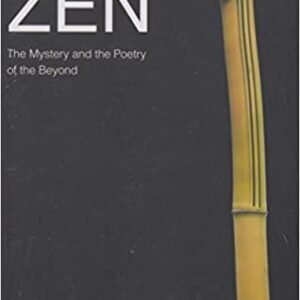Product Description
We enter on a rare pilgrimage. The Ten Bulls of Zen are something unique in the history of human
consciousness. Truth has been expressed in many ways, and it has always been found that it
remains unexpressed whatsoever you do. Howsoever you express it, it eludes, it is elusive. It simply
escapes description. The words that you use for it cannot contain it. And the moment you have
expressed, immediately you feel frustrated as if the essential has been left behind and only the
nonessential has been expressed. The Ten Bulls of Zen have tried in a single effort to express the
inexpressible. So first, something about the history of these ten bulls.
Basically, there were eight pictures, not ten; and they were not Buddhist, they were Taoist. Their
beginning is lost. Nobody knows how they started, who painted the first bulls. But in the twelfth
century a Chinese Zen master, Kakuan, repainted them; and not only that, he added two more
pictures, and eight became ten. The Taoist pictures were ending on the eighth; the eighth is
emptiness, nothingness. But Kakuan added two new pictures. That is the very contribution of
Zen to religious consciousness.
When one moves on an inner journey one leaves the world, renounces all that hinders the path,
renounces all that is nonessential so that the essential can be searched, sought. One tries to
become unburdened so the journey can become easier, because the journey, this journey, is towards
the height, the greatest height there is – the very pinnacle of human possibilities, the very climax.
One leaves the world, one renounces the world; not only the world – one renounces the mind,
because the mind is the cause of the whole world. The world of desires, the world of possessions,
is just the outer part. The inner part is the mind: the desiring mind, the lustful mind, the jealous,
competitive mind, the mind full of thoughts; that is the seed










Reviews
There are no reviews yet.